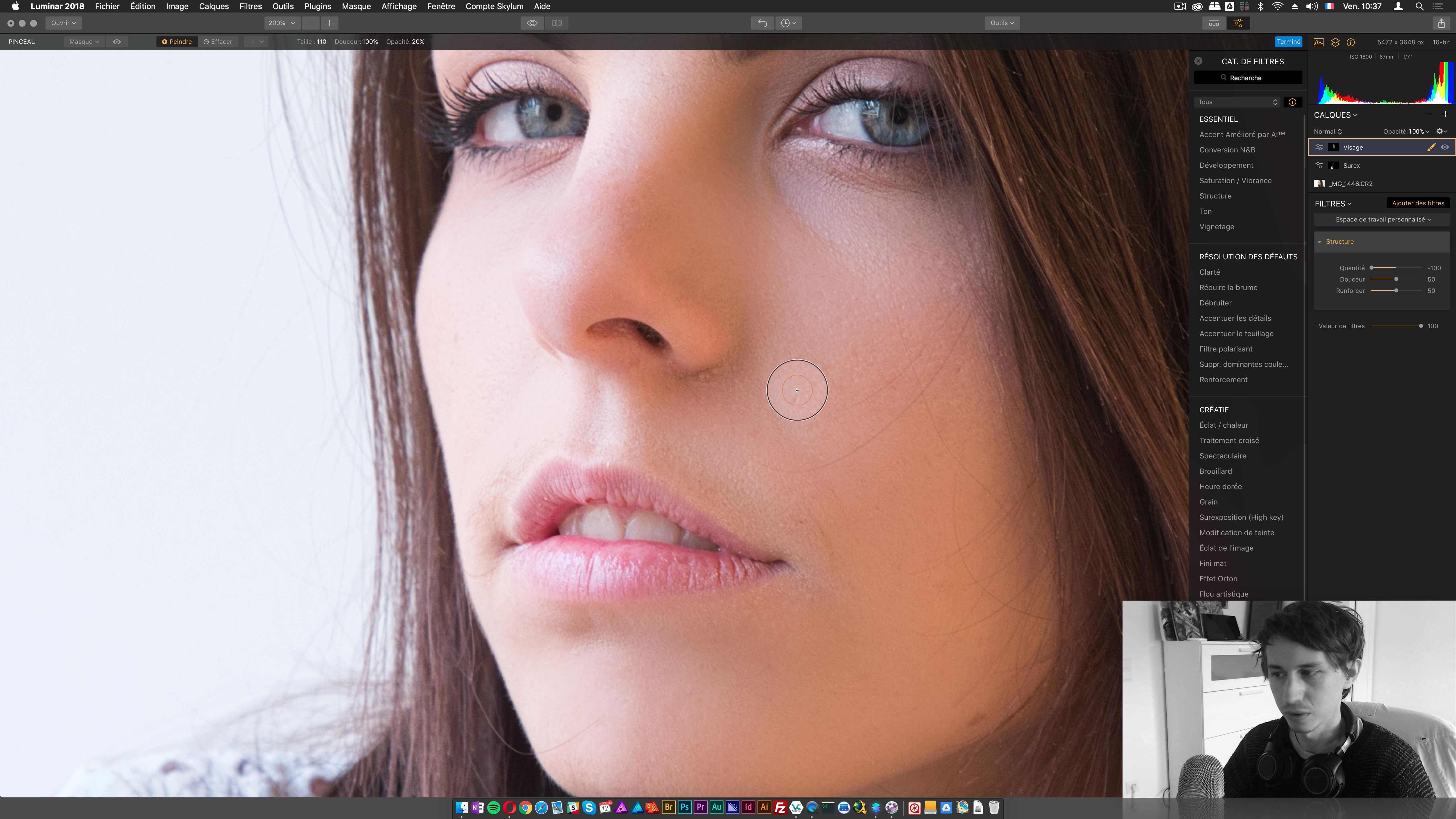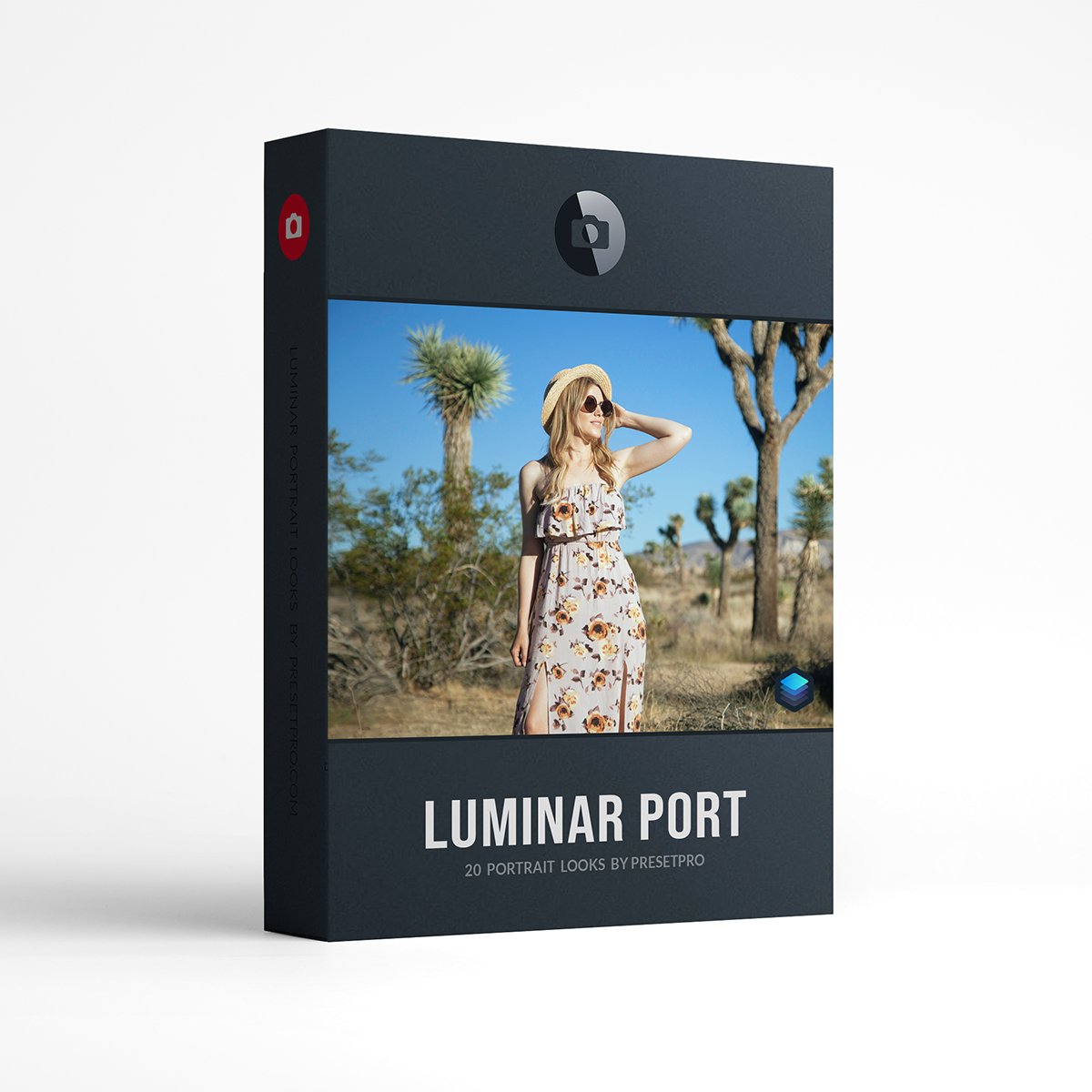

“I’m looking at this guy and saying, ‘You asked more questions than anybody I’ve seen that's been doing this sh*t for a long time.’” Sixty-year-old guys who’ve been in the business for 40 years don’t understand this stuff, but he took time to study the SPAC,” he says. “When we were negotiating, he was so on top of everything, the small details. Russell’s abilities extend beyond the lab to the boardroom, according to Alec Gores, who helped arrange Luminar’s listing. Luminar will likely post sales of just $15 million this year, but could generate at least $1.3 billion by 2026, based on estimates in an SEC filing. It’s remarkable from a financing perspective to retain a financial stake of that size. You can build a billion-dollar business but that does not mean you can become a billionaire.

Russell has sold prototype sensors to major auto companies for the past few years, but more recently secured production orders from Volvo Cars, Daimler and Intel’s Mobileye that may ensure revenue growth for several years. Luminar is competing in that space with Velodyne, the early leader in lidar for autonomous vehicles, and newcomer Aeva, both of which are also going public via SPAC mergers. Known as lidar for “light detection and ranging,” the technology is fundamental for autonomous vehicles. Russell, who’s also a Forbes 30 Under 30 alum from the class of 2018, isn’t looking to take on self-driving tech giants like Alphabet’s Waymo or GM-backed Cruise, but instead is perfecting sensors that help autonomous cars “see” their surroundings by bouncing a laser beam off objects in their path. “It’s remarkable from a financing perspective to retain a financial stake of that size.” “You can build a billion-dollar business but that does not mean you can become a billionaire,” says Thiel.


 0 kommentar(er)
0 kommentar(er)
